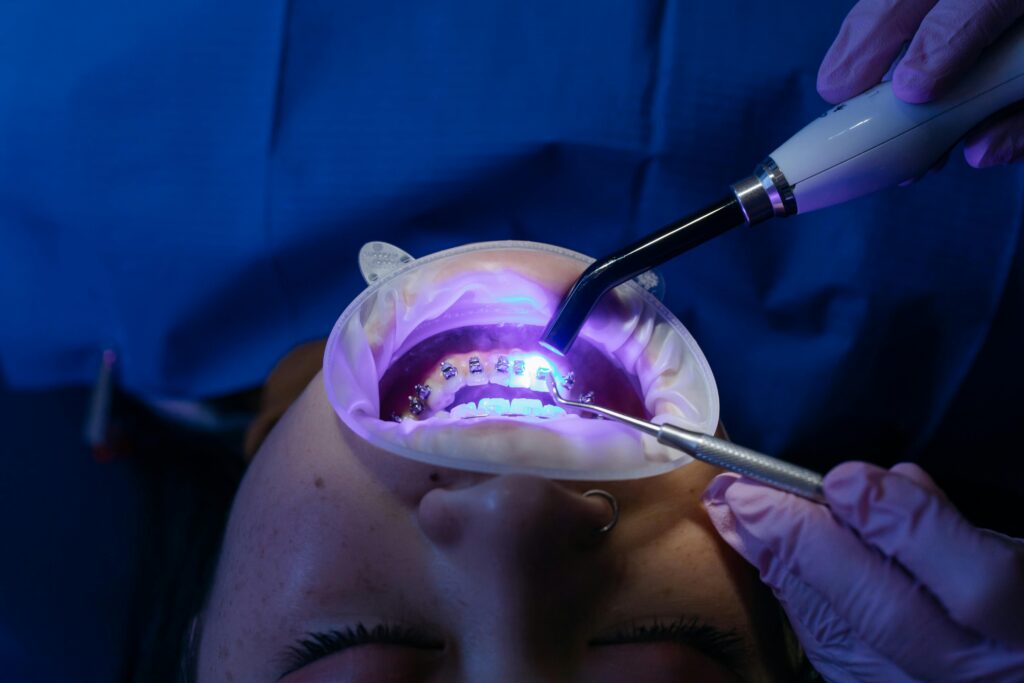Top 5 Myths About Braces Debunked: What Every Parent Needs to Know

When it comes to orthodontic treatment, particularly braces, there’s no shortage of myths and misconceptions that can lead to unnecessary anxiety for parents and their children. The evolution of orthodontics over the years has rendered many of these myths irrelevant, yet they persist, often spreading through word of mouth or on the internet.
It’s crucial for parents to differentiate between fact and fiction so that they can make informed decisions about their child’s dental health. Understanding the real impact, requirements, and benefits of braces can empower families to approach treatment with confidence and clarity.
Dispelling these myths about braces helps set realistic expectations and prepares parents and their children for a positive and transformative orthodontic journey.
With that being said, let’s take a look.
Myth #1: Braces Are Only for Cosmetic Purposes
Many believe that braces are primarily for improving the appearance of one’s smile. While enhancing aesthetics is a significant benefit, braces offer much more than that.
They play a crucial role in correcting bite issues, aligning jaws, and preventing oral health problems in the future. Proper alignment can reduce the risk of tooth decay, gum disease, and even temporomandibular joint (TMJ) disorders.
A well-aligned bite also facilitates easier cleaning and maintenance of teeth, ensuring long-term oral health.

Myth #2: Getting Braces is Extremely Painful
The fear of pain often deters people from considering braces. However, advances in orthodontic technology have made the process more comfortable than ever.
While some discomfort is normal when braces are first applied or adjusted, it’s typically mild and short-lived.
Modern braces use gentle pressure to move teeth gradually, minimizing discomfort. Pain management techniques, such as over-the-counter pain relievers and orthodontist-recommended practices, can further alleviate any discomfort.
Myth #3: Braces Are Only for Children and Teenagers
It’s a common misconception that braces are solely for young people. In reality, adults can benefit significantly from orthodontic treatment.
With options like Invisalign and other discreet methods, more adults are seeking treatment to correct misalignments that went untreated in their youth.
Adult braces can improve self-esteem, oral health, and even reduce the risk of future dental issues. Age is not a barrier to achieving a healthier, more confident smile.
Myth #4: Braces Are Expensive
While orthodontic treatment can be an investment, it doesn’t have to be unaffordable. Many orthodontic practices offer flexible payment plans, financing options, and discounts for upfront payments.
The long-term benefits of braces, in terms of improved oral health and reduced dental treatment costs, often outweigh the initial expense. Investing in braces can save money in the long run by avoiding more serious dental issues.
Myth #5: Braces Are Only for People with Severe Orthodontic Issues
Braces can correct a wide range of orthodontic problems, from minor misalignments to more complex issues such as crossbites and overcrowding.
In fact, addressing these issues early on can prevent them from becoming more severe in the future.
Seeking orthodontic treatment at the recommendation of a dentist or orthodontist is essential for maintaining optimal oral health.
Debunking the Myths with Factual Information and Expert Opinions
Here at Superior Care Orthodontics, we understand the importance of addressing these myths with factual information and expert insights.
Dr. Robert J. Herman, our lead orthodontist, emphasizes that each patient’s needs are unique, and treatment plans are tailored accordingly. Our practice is equipped with the latest technology to ensure effective and comfortable treatment.
We also prioritize patient education and communication, openly addressing any concerns or questions along the way.

FAQ: What Else Do Parents Need to Know About Braces?
1. How long does orthodontic treatment typically last?
The duration of treatment varies for each patient, depending on the complexity of their case and the type of braces used. On average, most patients wear braces for 18-24 months.
2. Will my child need to make any lifestyle changes while wearing braces?
While there are some dietary restrictions (e.g., avoiding hard and sticky foods) and extra care required when brushing and flossing, most children can maintain their regular activities with minimal impact from braces.
3. Are there different types of braces available?
Yes, traditional metal braces are not the only option anymore. There are also ceramic or clear braces, lingual braces (placed on the back of teeth), and removable aligners like Invisalign.
4. How do I know if my child needs braces?
It’s best to consult with an orthodontist for a thorough evaluation and personalized treatment plan. Some signs that may indicate a need for braces include difficulty chewing or biting, crowded or crooked teeth, or gaps between teeth.
5. Is there an ideal age to get braces?
Orthodontic treatment can be done at any age, but it’s recommended to start around the ages of 10-14 when most permanent teeth have come in. However, adults can also benefit from orthodontic treatment at any age.
Embrace the Journey to a Healthier Smile
Braces offer numerous benefits beyond cosmetic improvement, providing long-term oral health advantages. Whether you’re considering braces for yourself or your child, understanding the truth behind these common myths about braces is vital.
At Superior Care Orthodontics, we’re committed to helping you achieve a beautiful, healthy smile. If you’re considering orthodontic treatment, we invite you to book a consultation with us today to explore your options and receive personalized care.
To learn more about how braces can transform your oral health, book a consult with us here at Superior Care Orthodontics today!

